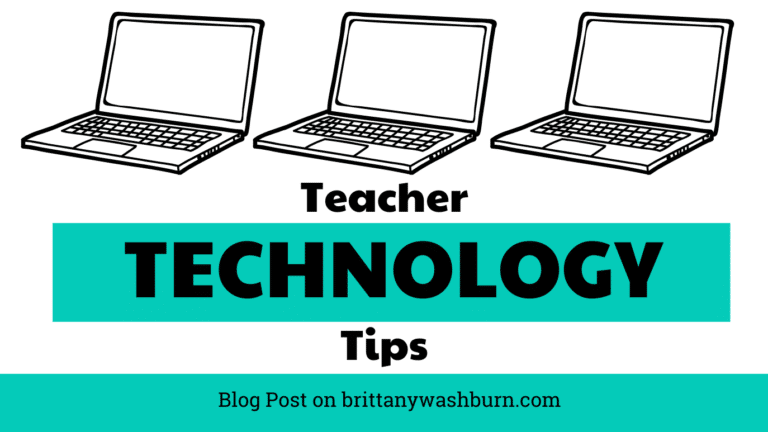The Overlooked Skills That Impact Test Scores
The Missing Piece in Student Success: Why Digital Skills Deserve a Seat at the Table
Spoiler: They’re already being tested—just not the way you think.
It’s that time of year when testing season is in full swing. Teachers are focused on reading comprehension, math fluency, writing stamina—but there’s an unspoken fourth subject being tested in every digital exam: technology skills.
Whether you’re a tech teacher, classroom teacher, or school leader, it’s time to talk about the digital expectations placed on students… and how many of them are struggling with skills we assume they already know.
Let’s break it down:
🧠 What’s Actually Being Tested?
During state testing, we measure reading, writing, and math… but there’s an invisible layer that often goes unnoticed:
- Can your students navigate between tabs or split screens?
- Can they copy and paste without help?
- Do they know how to scroll accurately, drag and drop, or resize answer boxes?
Most haven’t been taught how to do these things. It’s simply assumed they just know.
And when they don’t? It shows up in their scores—not because they didn’t understand the content, but because they couldn’t access it efficiently.
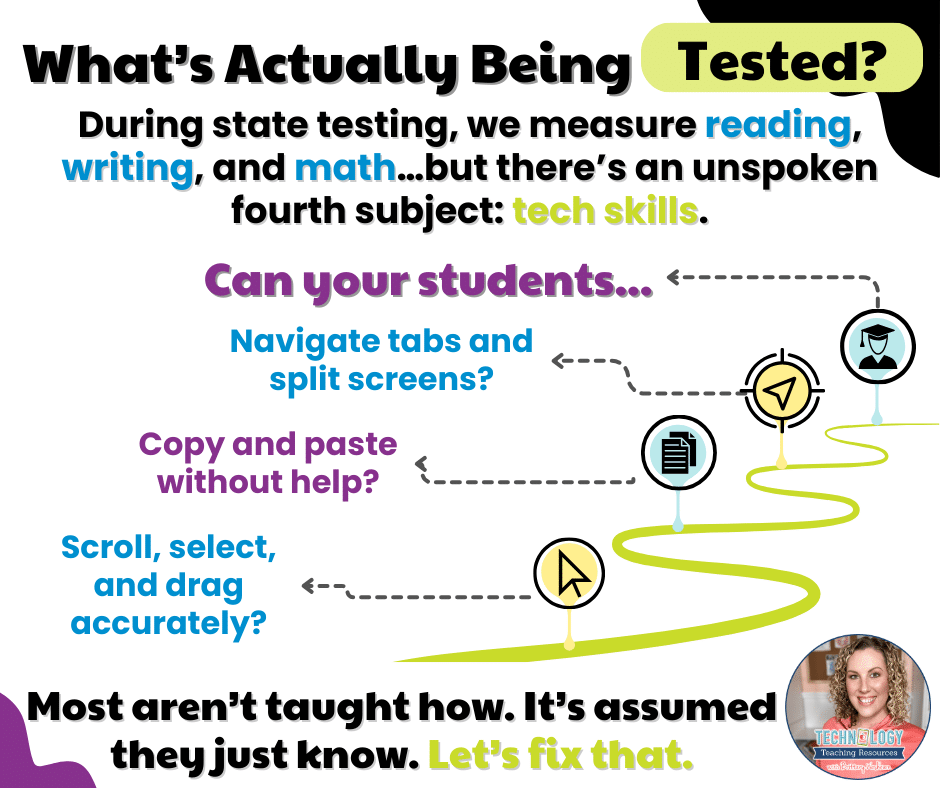
🎥 They Can Use YouTube, But…
Yes, our students are digital natives. They can use YouTube. They can swipe through TikTok.
But when it comes to digital creation? That’s where many hit a wall.
In my own classroom, I’ve seen students struggle to:
- Format a sentence in a doc
- Insert an image and align it
- Use bullet points or change font size
These aren’t flashy skills, but they are foundational. And they impact everything from class projects to state assessments.
Digital consumption ≠ digital fluency.
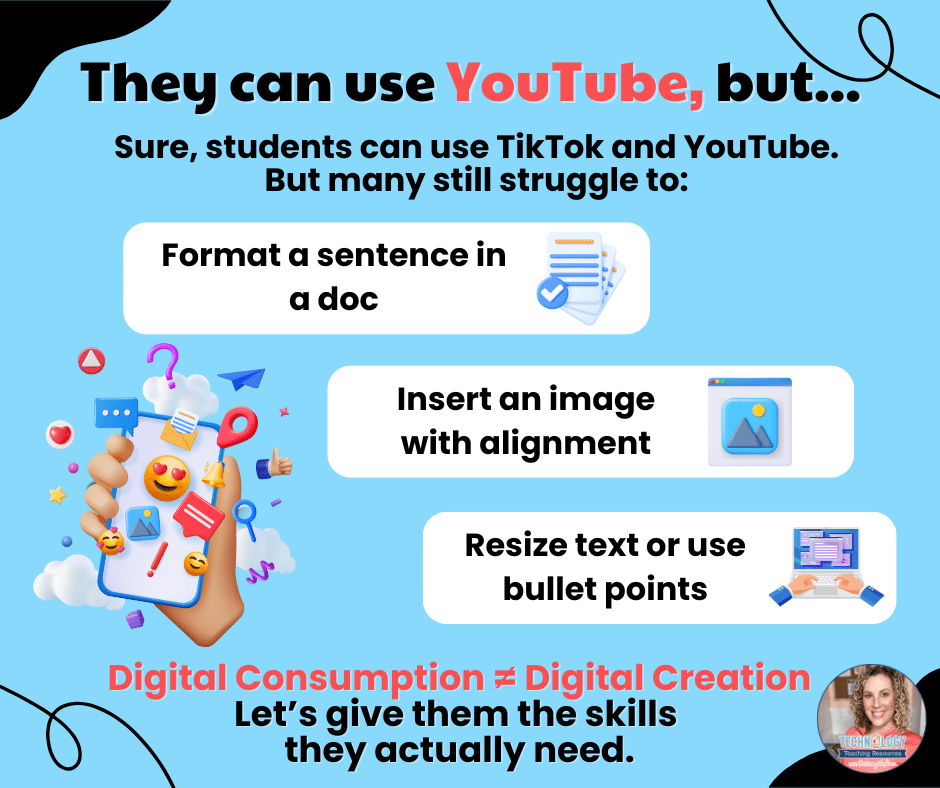
🧠 The Most Missed Skill in Upper Elementary
There’s one skill that keeps slipping through the cracks year after year: word processing.
Not the fancy kind. Just the basics:
- Where to find bold vs. highlight
- How to center a title
- How to change line spacing for an essay
And yet, this one area shows up in almost every assignment students complete on a device. Without explicit instruction, they’re left guessing.
It’s not too late to fill the gap.
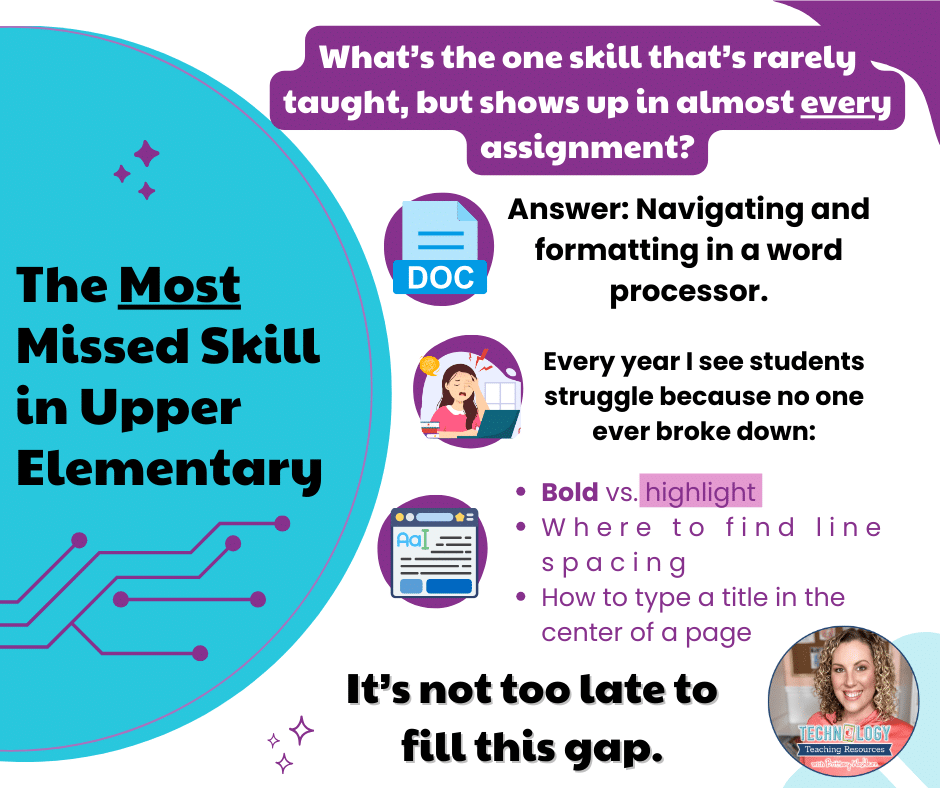
🎓 This One’s for the Non-Tech Teachers
If you’re not a tech teacher, here’s what we want you to know:
Tech fluency isn’t just about computers. It’s about equity.
When kids don’t get regular practice with typing, formatting, software, or file management, it shows up in their confidence. In their project quality. In their test performance.
Even just a few minutes a week can make a difference. A keyboarding warm-up. A simple drag-and-drop sorting activity. Letting students format a journal entry in Docs.
Those moments matter.
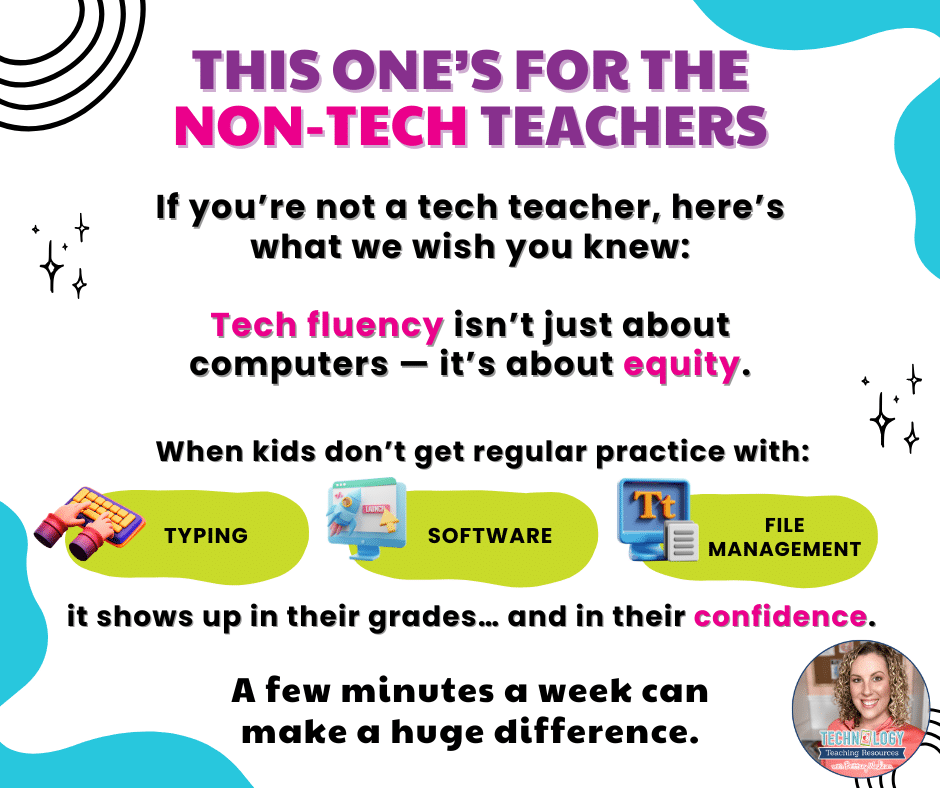
🏢 A Note to Admins
If you’re a school leader, this one’s for you. Tech teachers can’t do it all alone.
We need:
- Time in the schedule
- Devices that actually work
- Shared ownership of digital literacy across grade levels
Technology isn’t an elective anymore. It’s a basic.
If we want students to succeed in a digital world, we need to give them consistent opportunities to build those skills.
📊 Ready to Help Your Students Build Real Tech Skills?
If you’re looking for plug-and-play digital lessons that cover everything from typing and formatting to digital citizenship and software use, my K-5 Technology Curriculum has you covered.
It’s standards-based, classroom-tested, and made for real teachers with real time constraints.
Let’s stop assuming kids just know how to use tech. Let’s teach them.
Because when students feel confident navigating a digital world, everything else becomes more accessible.



